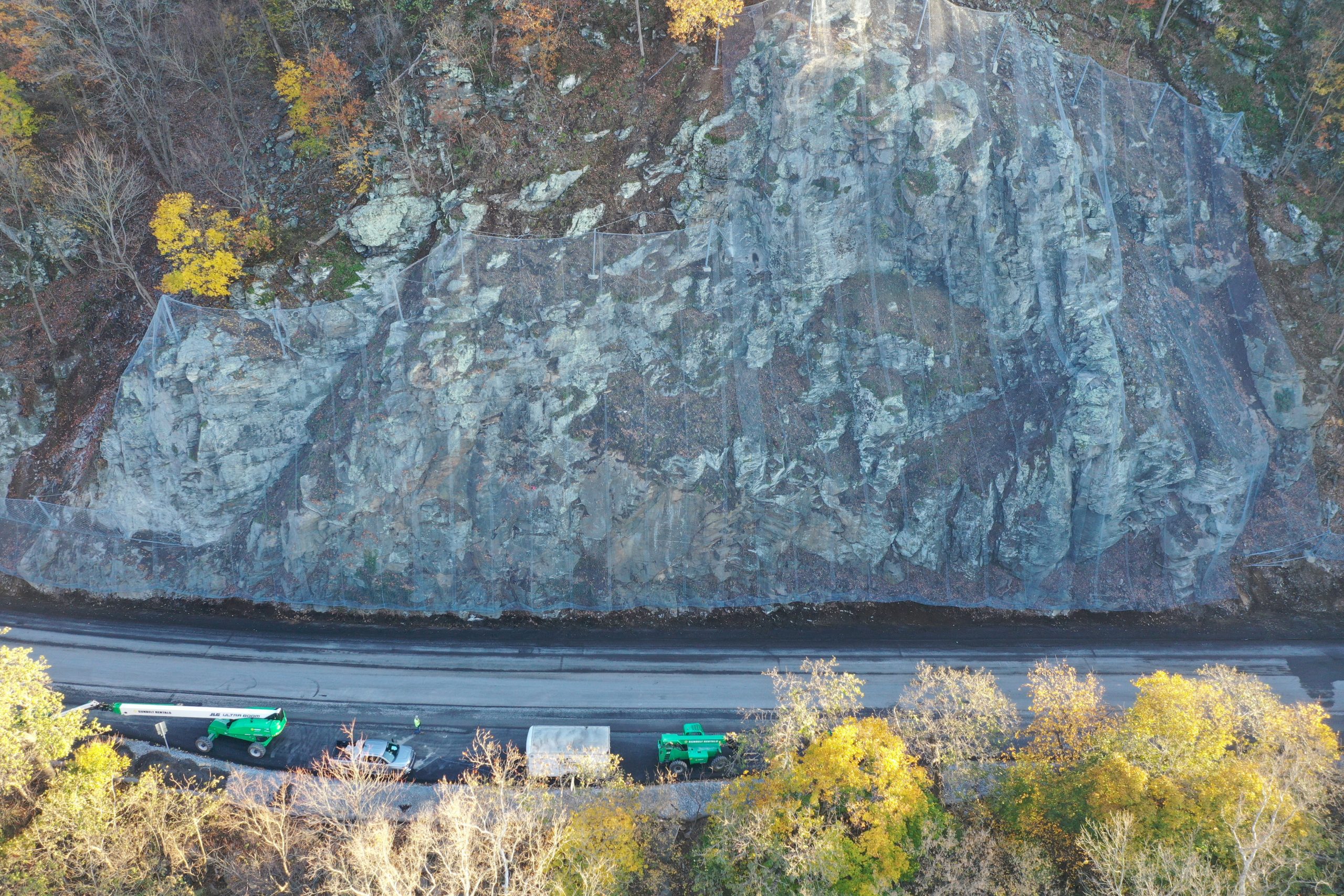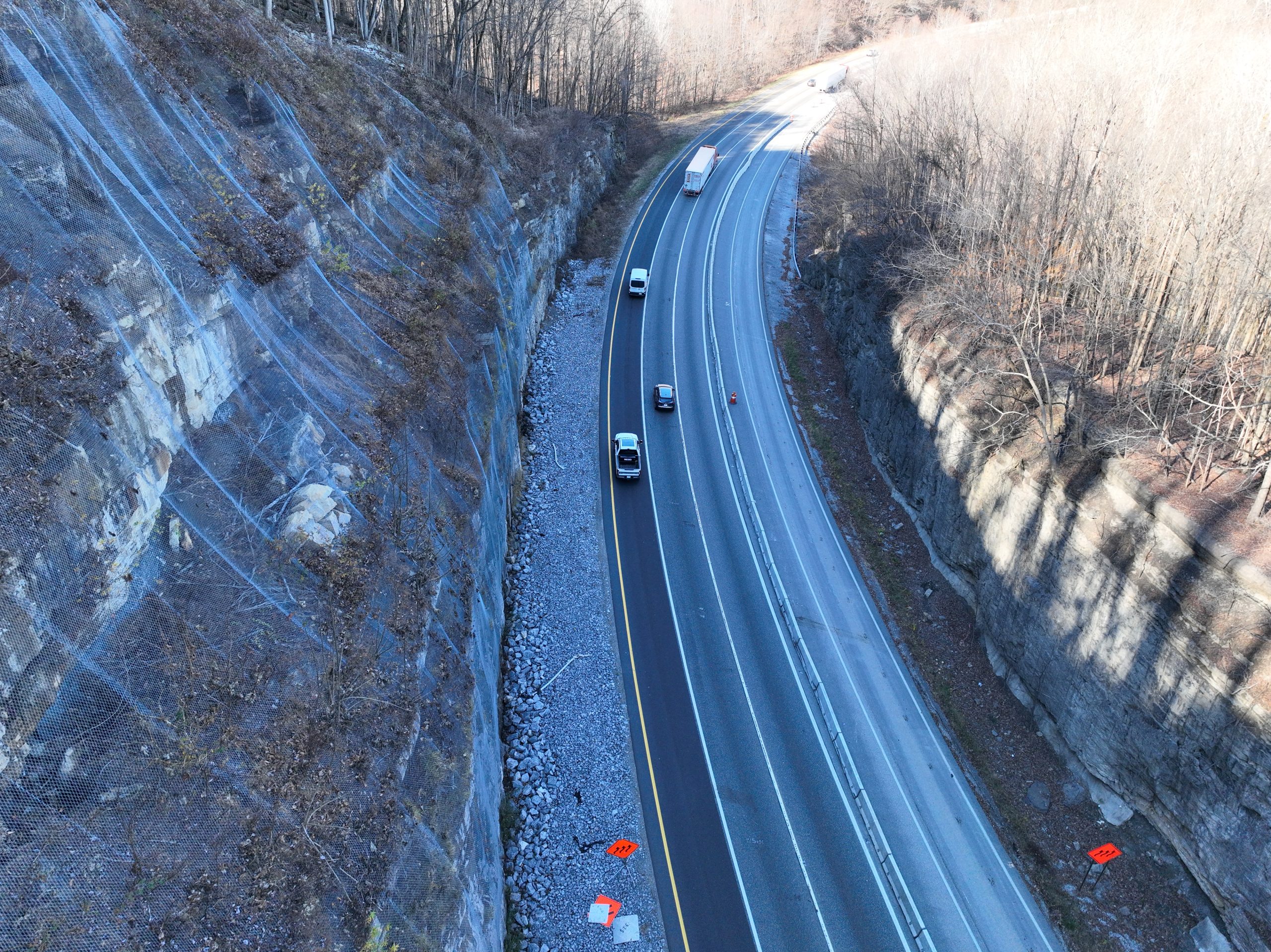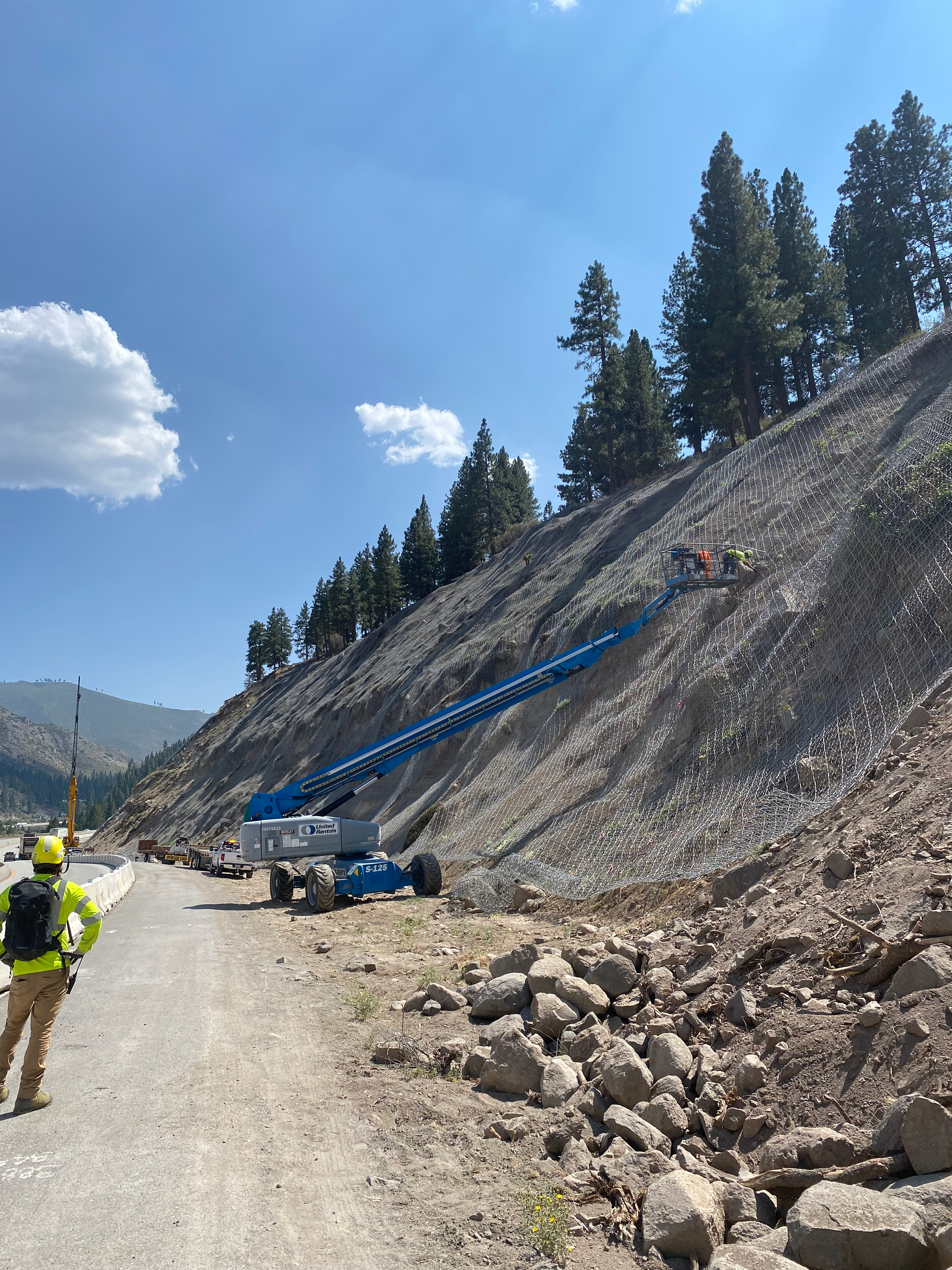






Rockfall Control is an important topic for anyone living in an area prone to landslides and rockfalls. This article discusses the benefits of rockfall control and how it can help protect lives, property, and the environment.

There are several effective methods of rockfall control, including the installation of rockfall protection fences, rockfall barriers, and draped mesh systems. These measures are designed to prevent rockfall hazards in areas with high risk of slope failure. Rockfall protection fences and barriers are typically made of steel, concrete, or other durable materials, and are designed to absorb impact and divert falling rocks away from construction sites, roads, and other vulnerable areas. Draped mesh systems, on the other hand, are designed to contain falling rocks and prevent them from reaching the ground. These systems consist of a flexible mesh that is draped over the slope surface and anchored to the ground.

The benefits of using a rockfall protection system are numerous. Firstly, these systems prevent potential rockfall hazards from causing harm to travelers, infrastructure, and surrounding areas. By controlling the falling rock, on-slope treatments such as draped mesh or attenuator systems can help contain or control its movement once dynamic motion begins. Additionally, using these systems can allow for safe and efficient travel on high-risk slopes, reducing the risk of accidents or injuries.
Furthermore, incorporating rockfall protection systems can also help prevent costly damages to infrastructure and buildings caused by rockfall. These systems can provide significant long-term cost savings by reducing the need for ongoing repairs and maintenance.
Overall, implementing a rockfall protection system is an essential safety measure that can enhance the safety and security of slopes and surrounding areas. By choosing a reliable and experienced provider like GeoStabilization, customers can benefit from a range of cost-effective, customized solutions for all types of rockfall mitigation and rock slope stabilization purposes.

To ensure an effective rockfall control system, several steps must be taken. Firstly, an analysis of the slope must be conducted, including a rockfall trajectory and energy modeling assessment. This analysis will provide critical information about the potential hazards and the type of system required to mitigate them.
Once the analysis is complete, a suitable on-slope treatment system should be selected, such as draped mesh or attenuator systems. The system should be designed to contain or control the movement of the falling rock, thereby preventing it from causing damage to infrastructure or endangering lives.
The installation of the system should be carried out by a team of experienced personnel, including engineers and rock remediation technicians. They should utilize specialized equipment and purpose-built, limited-access rock drills to ensure the system is installed correctly and to the highest standards.
Regular inspections and maintenance of the rockfall control system are also necessary to ensure its continued effectiveness. This includes monitoring and repairing any damage to the system caused by weathering or other factors.
By taking these steps, an effective rockfall control system can be established, providing safe and economical solutions for all types of rockfall mitigation and rock slope stabilization
If you require a reliable and experienced team to provide effective rockfall protection and mitigation services, look no further than GeoStabilization. Contact us today to discuss your specific needs and learn more about our solutions and expertise in this field. Let us help you ensure the safety and stability of your slopes and infrastructure. Call us at 855.579.0536 or fill out our contact form.